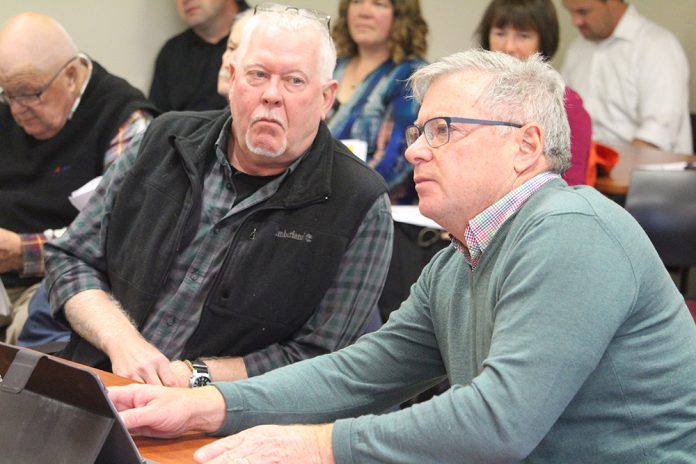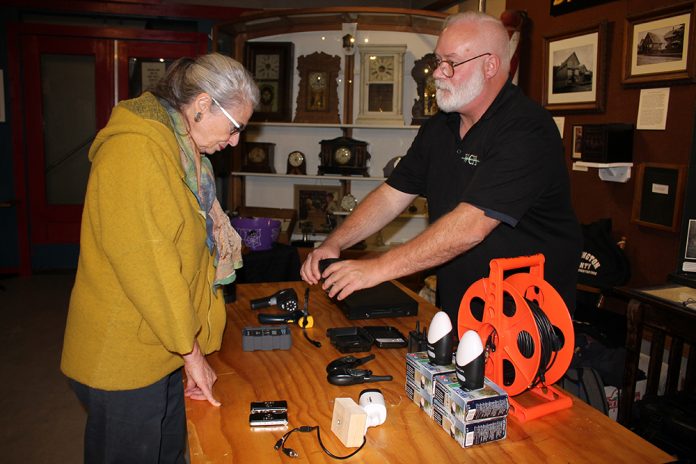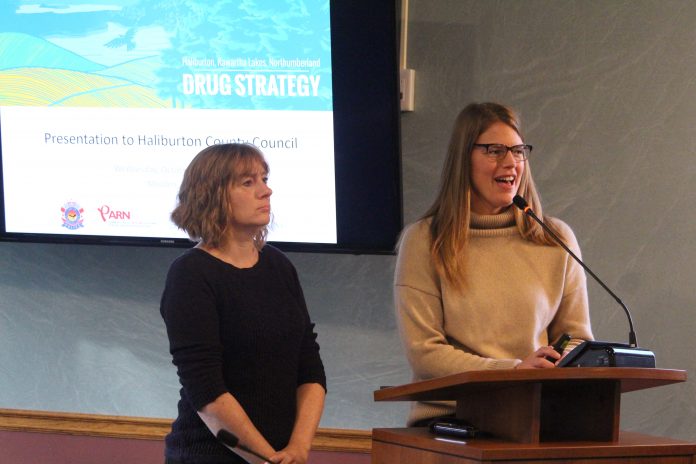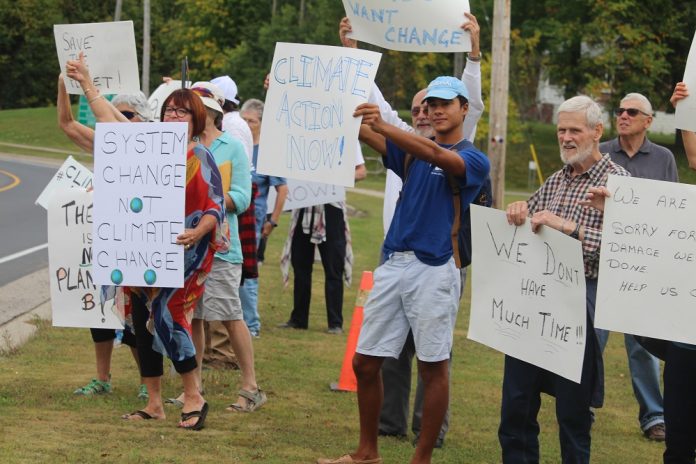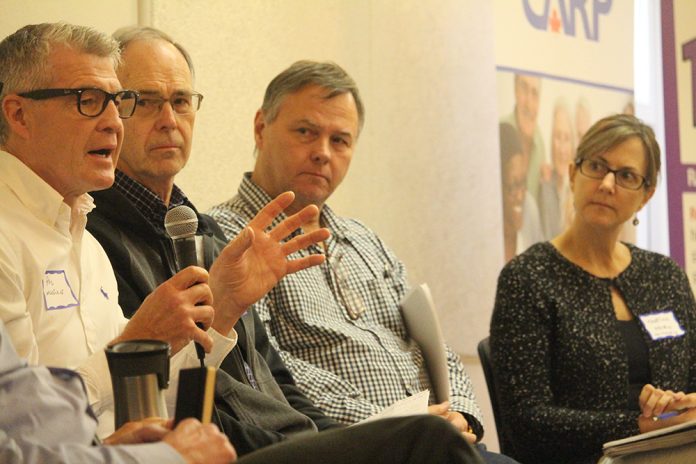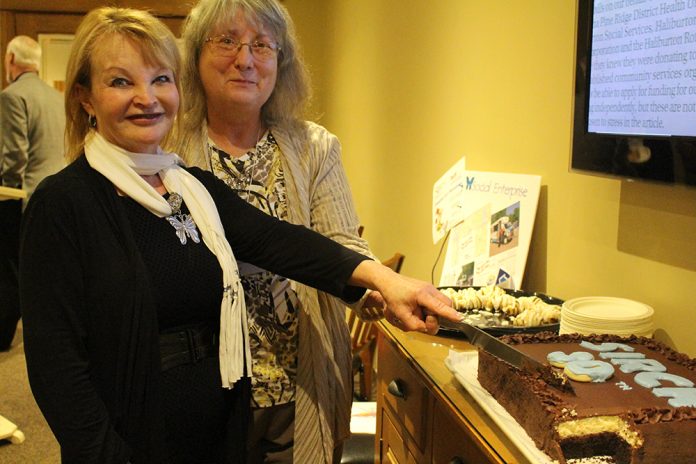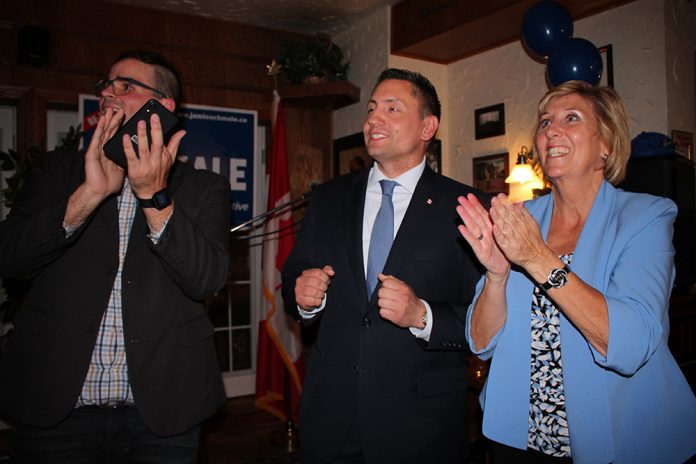The Kennisis Lake Cottage Owners Association (KLCOA) is pressing Dysart et al to aid in maintaining the right-of-way for portage routes in the watershed.
KLCOA presented to Dysart et al council Oct. 22 about its efforts to research the history of the routes used by canoeists. The push is to ensure the public can continue to use these routes, even where they cross private property.
“We’re committed to maintaining these routes,” KLCOA vice-president Jim Prince said. “It’s not just for property owners at Kennisis Lake, it’s for the people in the county and it’s also for visitors.”
To that end, the association has “drilled down” into the legality and history of multiple routes, including articles dating back to 1909. Routes examined include Lipsy Lake to Soap Pond and the Cat Lake to Cay Bay, where they found the private deeds included express rights for portage.
Prince said people in Lipsy Lake want to close the route out of concern for invasive species getting brought in.
“Fact of the matter is, they can’t close it. It’s legal,” Prince said.
KLCOA plans to have an outreach program to ensure all interested parties know their rights and responsibilities with portage routes, including signage. It also plans to research the Indigenous history of the routes and consider pushing for new municipal bylaws to protect them.
KLCOA asked Dysart council to recognize traditional rights of way, endorse its work, and consider collaboration with Algonquin Highlands to create a larger network.
Coun. Larry Clarke said consideration needs to be given to smaller lakes on portage routes to ensure boats travelling through are not carrying unwanted contaminants or invasive species.
“There’s got to be some best practices, some training or something so people know how to clean your boats,” Clarke said.
The KLCOA presentation did include a mock-up of a sign for portage routes, advising users to be responsible, respect rights of landowners and make sure vessels do not carry invasive species.
Coun. John Smith agreed with Clarke. He complimented the KLCOA on its research and its efforts to be mindful of smaller lakes.
“They want to protect a pristine lake and we commend you for the warning, the signage and so forth to alert people,” Smith said. Council voted to receive the presentation as information.
“Thank you for the presentation and your dedication to your lake and this project,” Mayor Andrea Roberts said.


